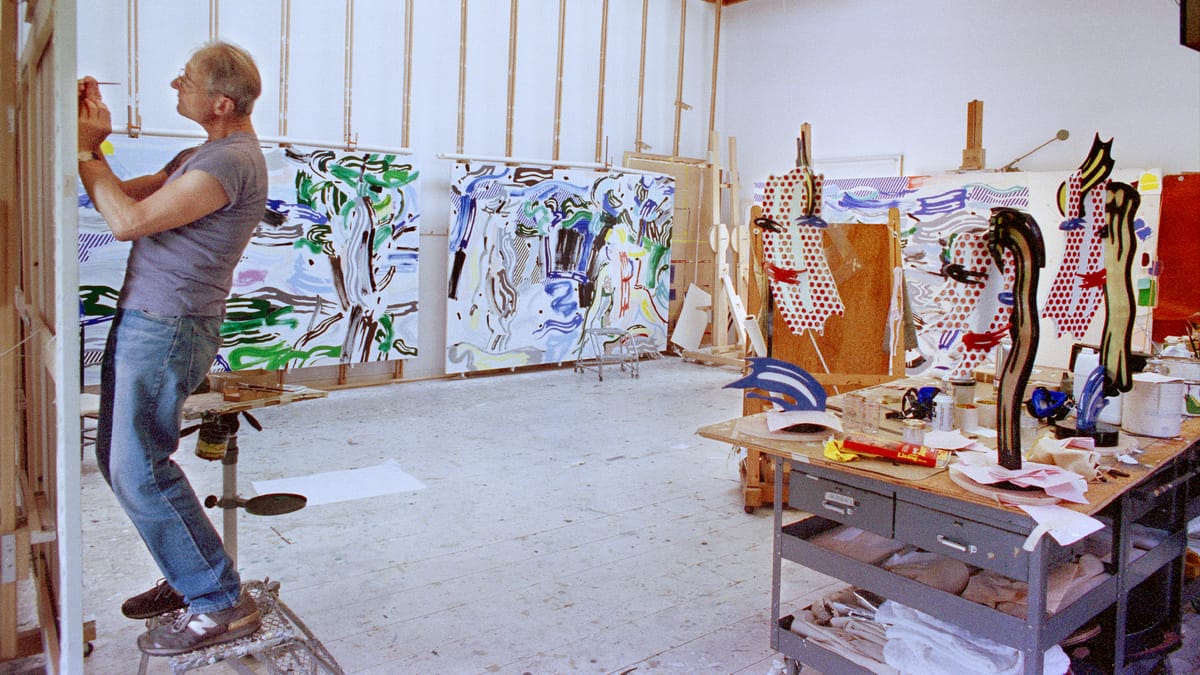Roy Lichtenstein Framed Irony in Bold Silence
Roy Lichtenstein used comic-style art to quietly expose pop culture’s clichés, framing irony with bold visuals and silent wit.

Roy Lichtenstein, a towering figure in the Pop Art movement, masterfully framed irony with the quiet force of bold visuals.
Best known for his comic book-inspired paintings, Lichtenstein elevated mass-produced imagery to the gallery wall, challenging the divide between high art and popular culture.

His works, such as "Drowning Girl" and "Whaam!", mimic the style of pulp comics, complete with Ben-Day dots and dramatic captions, yet strip away narrative noise, leaving a suspended, stylised moment.

This “bold silence” speaks volumes. By isolating and enlarging trivial scenes of heartbreak or violence, Lichtenstein exposed the absurdity of consumerist emotion and media tropes.

His irony lay not in overt mockery, but in the meticulous replication of commercial clichés, rendered with the precision of fine art.
The result is both familiar and estranged, viewers recognise the aesthetic, yet are forced to re-evaluate its meaning.
Critics once dismissed his work as unoriginal, but time has reframed Lichtenstein as a sharp observer of modern life.

His legacy lies in how he silenced narrative noise, allowing image and irony to clash in vivid stasis.
In doing so, Lichtenstein didn’t just parody pop culture, he transformed it into enduring art. His canvas became a mirror, framed with knowing stillness.





